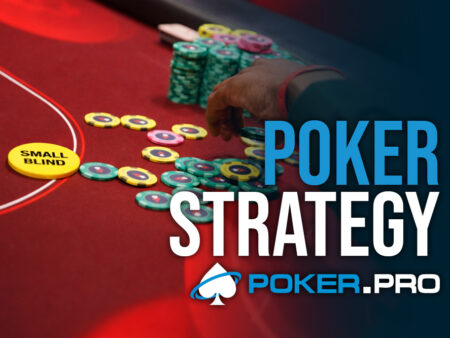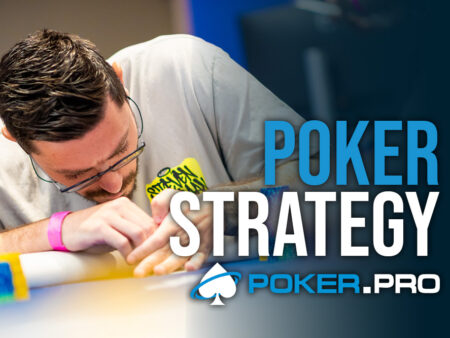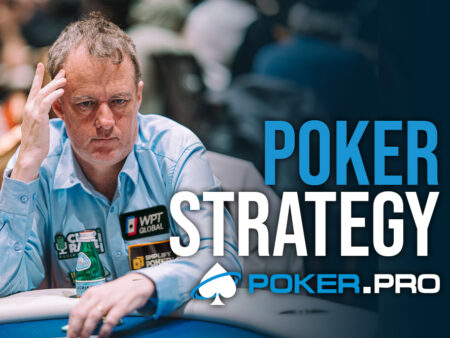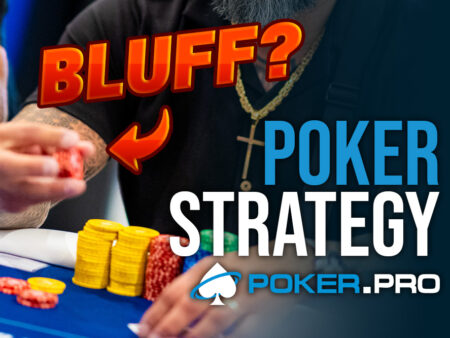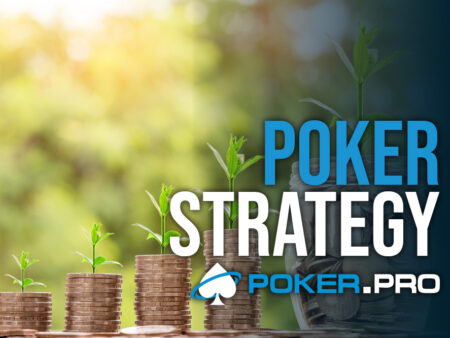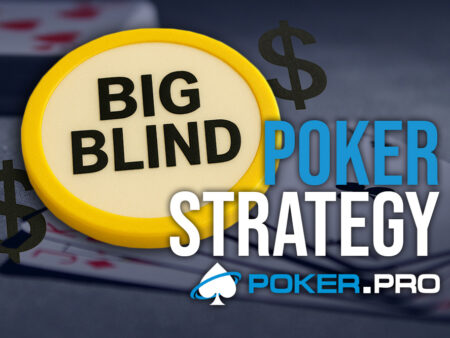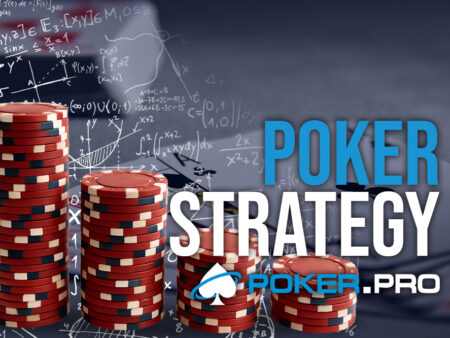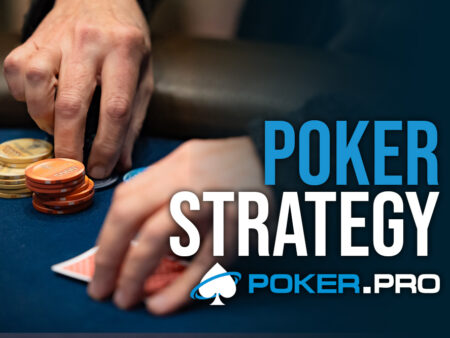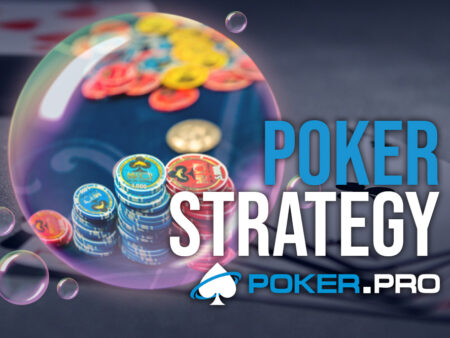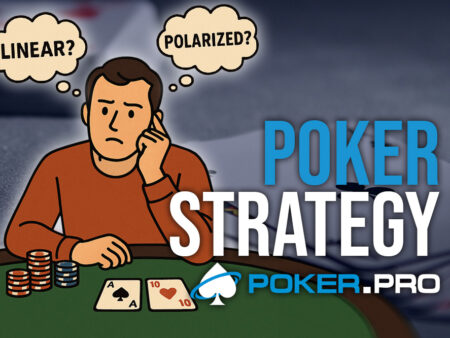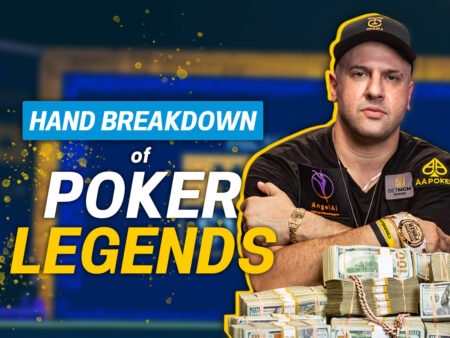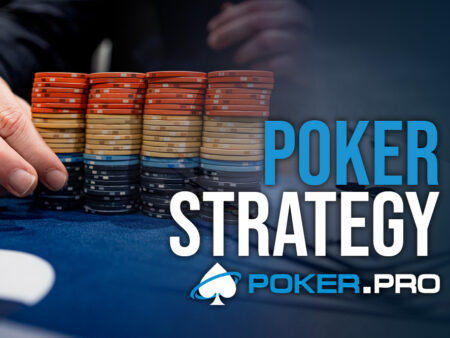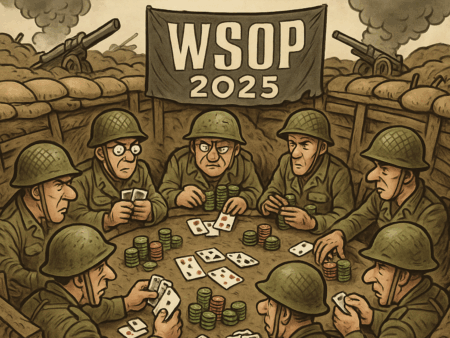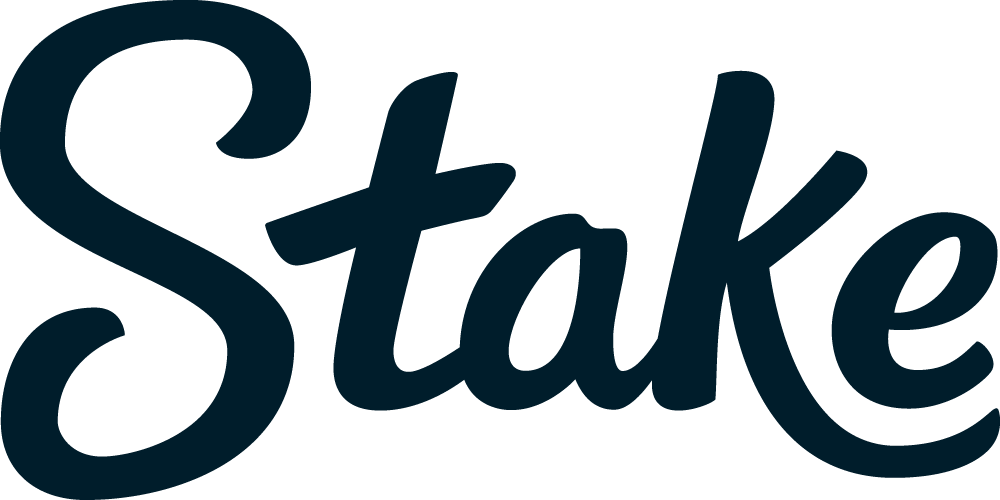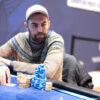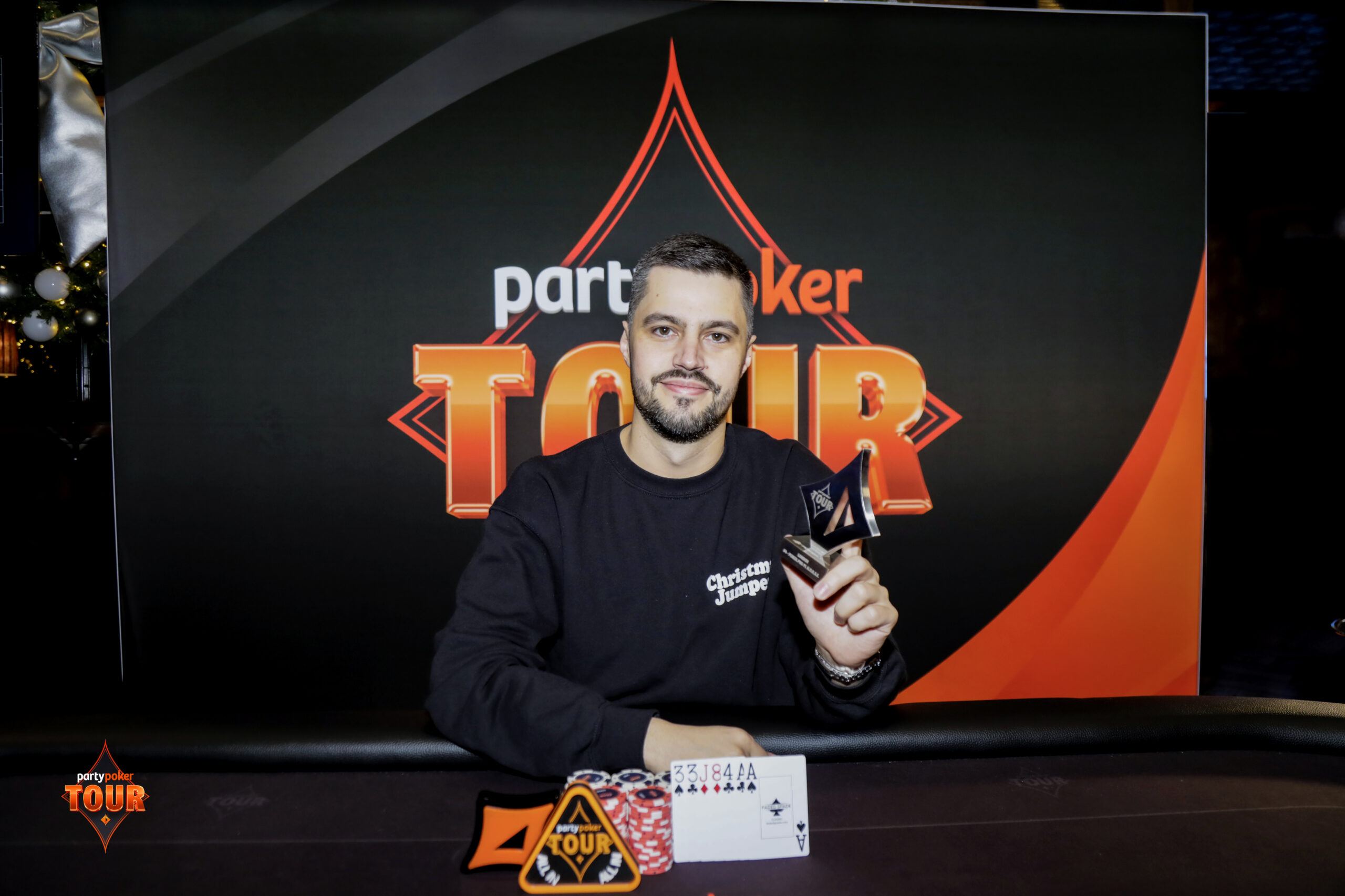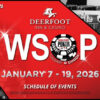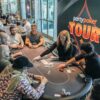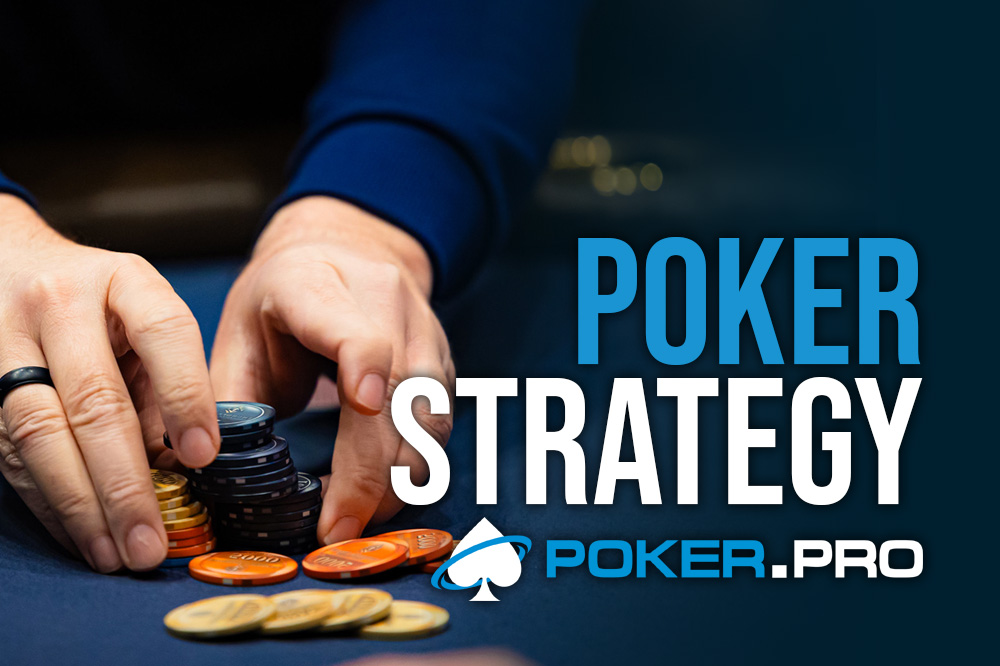
Equity tax vs FDs/BDSDs & sizing ladders by texture. Why denial wins?
Modern pools are great at seeing the next card. They float small bets with two overs, take free turns with backdoors, and aim to bluff when runouts favour them. A denial bet flips that script. Instead of gifting 6-12 “free” outs, you force opponents to pay a tax on their equity – right now – while keeping the pot small when your hand is only a little ahead.
Done well, denial bets win in two ways: you collect folds from the bottom of their range and you reduce the equity realisation of the hands that continue. This article turns the checklist into a complete system: what counts as denial (and what doesn’t), how the math justifies the “tax,” which sizes to use by texture, who should press the button, and how to carry the plan through turn and river – IP and OOP, as raiser and as defender.
- Read more: Board Texture Mastery: The Missing Edge for Pro-Level Play
- Read more: C-Bets Under Fire: How to Size Them from Early Levels to Final Table
What a denial bet is and what it isn’t
A denial bet is a small-to-medium wager made in a spot where villain holds a high density of draws and backdoors – flush draws (FDs), backdoor flush draws (BDFDs), backdoor straight draws (BDSDs), two overcards, or pair plus overcard. The primary goal is not to tell a big value story; it’s to charge live equity and to stop opponents from realizing it cheaply.
That means the best denial bets come from hands with either solid showdown value (SDV) – think second pair or overpair on a board that turns ugly fast – or clean equity if called (e.g., overcards with a BDFD/BDSD). What denial is not is a “please fold” stab with pure air on a texture where you’ll face check-raises or can’t barrel good turns. If your hand has no backup and the board hands villain profitable raises, check more and keep your range protected.

The equity tax – simple math that prints
Draws are expensive if you make them pay. A naked flush draw on the flop has roughly a 35% chance to the river and about a 19% chance to hit on the turn. When you check, you’re effectively giving that 19% for free on this street. A 40% pot bet offers your opponent 2.5:1; a bare FD without extra equity is indifferent or slightly uncomfortable, and weaker backdoors simply fold. Even when called, you’ve forced payment today, often followed by a brick on the next card that lets you bet again (at better equity), or check back to realise with your SDV.
Blockers enhance this effect. Holding the nut suit or a wheel blocker reduces the number of strong continues that villain can have, so your denial bet folds more and gets check-raised less.
Sizing ladders by texture and why they work
Think of sizes as ladders tied to board volatility.
- A/K-high, two-tone (A♣9♣4♦). Two-tone increases draw density. In position, 33-45% captures folds from backdoors and prices FDs poorly; out of position, 40-55% denies more and simplifies your next decision. Your nut-suit blocker (A♣/K♣) is a green light to push frequency.
- Low two-tone (8♦6♦2♠). Villain’s range is awash with draws and pair plus draw. Go 33-50% IP, 45-60% OOP. You’re not building a huge pot; you’re charging a crowded equity band now so you don’t face perfect play later.
- Dynamic rainbow (10♠9♥6♦). There are fewer flushes but many BDSDs/two-overs. 25-40% IP or 33-50% OOP keeps your continuing range ahead and discourages no-equity floats.
- Dry A-high / paired (A-7-2r, K-K-7r). The board is static; you already own the node. Bet 20-33% IP or 25-40% OOP at high frequency. There’s little to protect, so don’t over-invest.
- Front-door turns (third suit completes the main draw). When the turn brings the obvious suit, 60-80% (OOP up to 90%) levies a proper tax. You have the nut-edge more often; make them pay.
Why larger OOP? You face more turn pressure without position, so one notch bigger reduces cheap realises and keeps your line cleaner.

Who should pull the trigger – combo selection
Prioritise denial bets with top/second pair, under pairs that hate free cards (JJ on A-7-2r), and high-card A-high/K-high that carry BDFD/BDSD. Suited wheel aces (A5s/A4s) are ideal on middling boards: you block strong continues, can improve to nutted straights, and sometimes hold the nut-suit. Hands that have no backdoor path and fear a raise are better suited to check or delayed c-bet lines.
Street plans you can actually execute
Pre Flop Raise (PFR) in Position (single-raised or 3-bet pots)
On two-tone flops, start with 33-45% using your Ax, pairs, and backdoor-rich overcards while shelving pure air. On dry A/K-high and paired flops, 20-33% at high frequency is enough – don’t bloat the pot to “protect” what’s already well protected.
When your flop bet is called, the turn splits into three families. On bricks or board pairs, keep taxing in the 35-55%range; your equity stays stable while theirs doesn’t improve enough. On front-door turns, move up the ladder to 60-80%with value and nut-blocker bluffs; make draws pay. On wheel cards that add powerful equity to the caller (A-7-2 – 5/4/3), downshift unless your hand improved or you hold key blockers.
Rivers in live/ICM-heavy pools are under-bluffed. Translate earlier denial into thin value on safe rivers and avoid ambitious polar bluffs unless you hold premium blockers.
PFR Out of Position
Your flop frequency should be lower. On static boards you can still bet 25-40% a lot; on dynamic boards, bet selectively, then 40-60% the turn bricks. Versus the IP stab after you check, x/c with SDV plus backdoors, and reserve x/r for strong value plus a few nut-blocker bluffs; denial works best when you’re not opening yourself to getting blown off equity.
Defender after IP checks back a dynamic flop
This is the classic probe node. When PFR checks back A-J-T, A-9-8, or T-9-6, you can probe 50-70% on bricks/board pairs/A/K turns. Your range looks stronger after their cap; you tax their overs / backdoors and set up clean river decisions. If the turn helps villain’s wheel range, slow down unless you picked up equity.
- Read more: Raise the Right Hands: A Field Guide to Linear & Polar 3-Bets
- Read more: Eldarova’s Dynamic Exploit Equilibrium (DEE) Theory
Exploit toggles that move the needle
In live and ICM contexts, big river bluffs are rare. Push the turn taxes harder, accept thin value, and trim no-blocker river bluffs. Against online regs who know the probe node, protect your check-backs by keeping some top-pair/overpairs in that range so you can defend vs turn leads. Sticky callers convert many denial bets into thin value bets – expect to barrel bricks. Over-folders let you increase frequency and even shave size; your small tax gets more instant folds.
Frequent leaks and their fixes
Two stand out. First, players bet big by default on dry A-high, trying to “protect” against outs that rarely realise. The fix is counter-intuitive: bet smaller, more often; let the structure do the work. Second, they auto-c-bet air on two-tone boards and get raised. Keep your frequency but upgrade hand quality to include BDFD/BDSD or SDV; check the true nothing-burgers. A subtler leak is barreling wheel turns after a flop check-back; those cards strengthen the defender – save your chips for bricks and paired boards.
Three worked examples
CO vs BB – A♣9♣4♦ (two-tone). In position, bet ~40% with Ax, TT-77, A♣Qx, K♣Qx; check no-club air. If the K♣ lands on the turn, jump to 70-80% with made flushes, A♣x, K♣Qx; without a club or relevant blocker, temper your frequency.
BTN vs BB – 10♠9♥6♦ (dynamic rainbow). The board gifts villain BDSDs and two-overs. Bet 30-40% with Tx, 99-77, and overcards that carry BDSD/BDFD; check the hands that are truly dead. On a brick turn like 2♣, continue 50-60% – you keep ahead of their floats and charge them again.
SB vs BTN (OOP) – K-K-7r. Your range crushes this texture. Bet ~30% often; when called and the 3♦ bricks, go 45-55% with broadways and pocket pairs – deny cleanly. If raised, continue with Kx and the few backdoor-rich candidates; fold the rest without ceremony.
How to practice
Run a texture ladder drill: deal 20 flops, label each (two-tone A-high, dynamic rainbow, dry A-high, paired), and write the default size and two turn adjustments. Next, a blocker build: on A♣9♣4♦, list six denial combos you prefer because they block value and unblock folds (e.g., A♣Qx, K♣Qx). Finally, a probe lab: take five hands where PFR checked back a dynamic flop; write your turn size and river plan before you sim it. You’ll start seeing denial bets not as random stabs but as priced, planned taxes.

